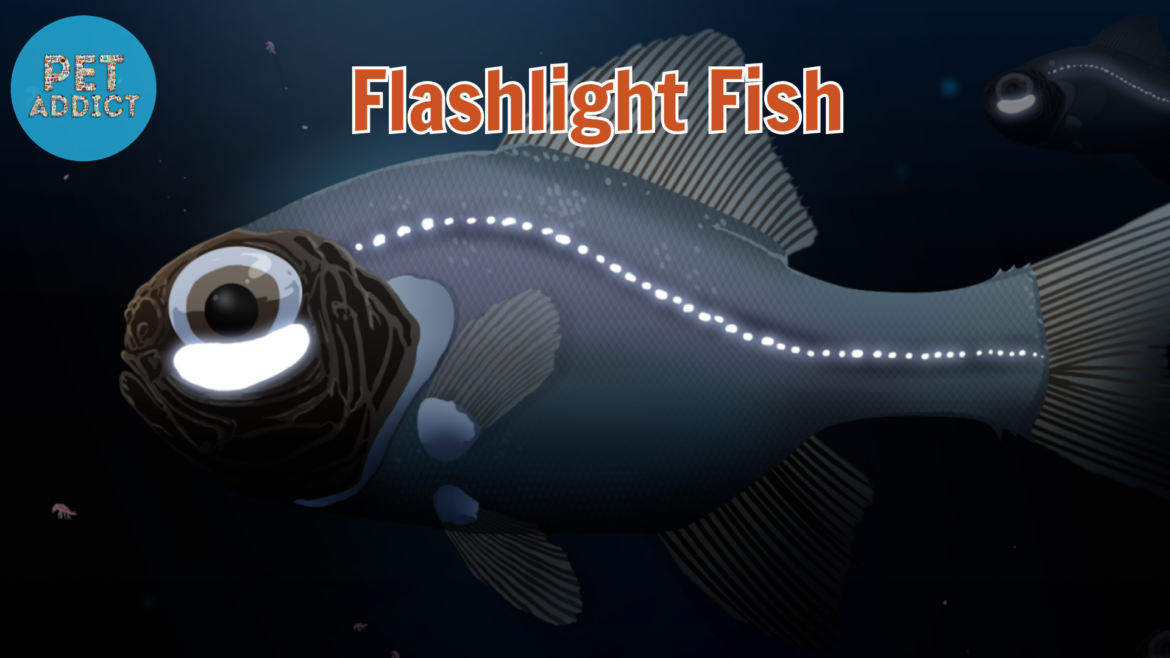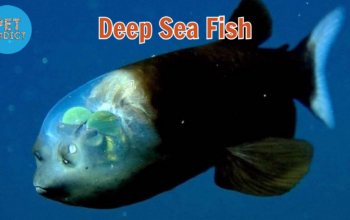Imagine a world hidden beneath the ocean’s surface, where darkness reigns supreme and mysterious creatures roam. Among these enigmatic beings, the flashlight fish stands out for its unique and captivating ability to illuminate the depths. In this article, we’ll dive into the fascinating world of flashlight fish, exploring their biology, behavior, and the mesmerizing light show they put on for the underwater audience.
PetAddict.net – The best place where you can find everything about your pet!
Introduction
Deep within the ocean’s abyss, the flashlight fish, scientifically known as Anomalops katoptron, shines like a beacon in the darkness. This extraordinary marine creature has captured the imaginations of scientists and enthusiasts alike, due to its remarkable bioluminescent capabilities.
The Biology of Flashlight Fish
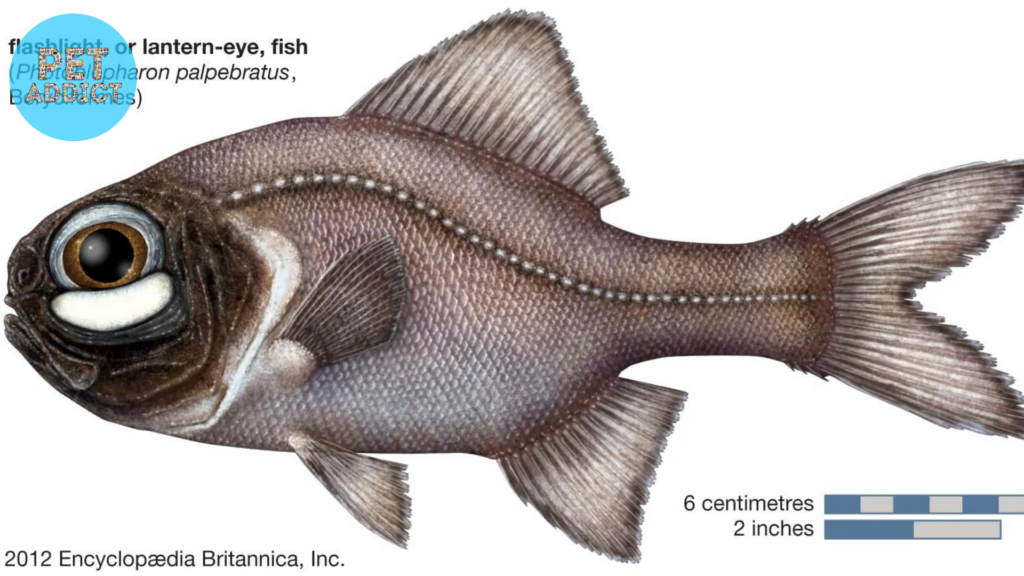
Flashlight fish are a group of small, nocturnal creatures belonging to the family Anomalopidae. They are characterized by their bioluminescent organs located beneath their eyes. These specialized light-producing organs are known as photophores and are responsible for the mesmerizing glow that defines flashlight fish.
Bioluminescence: Nature’s Light Show
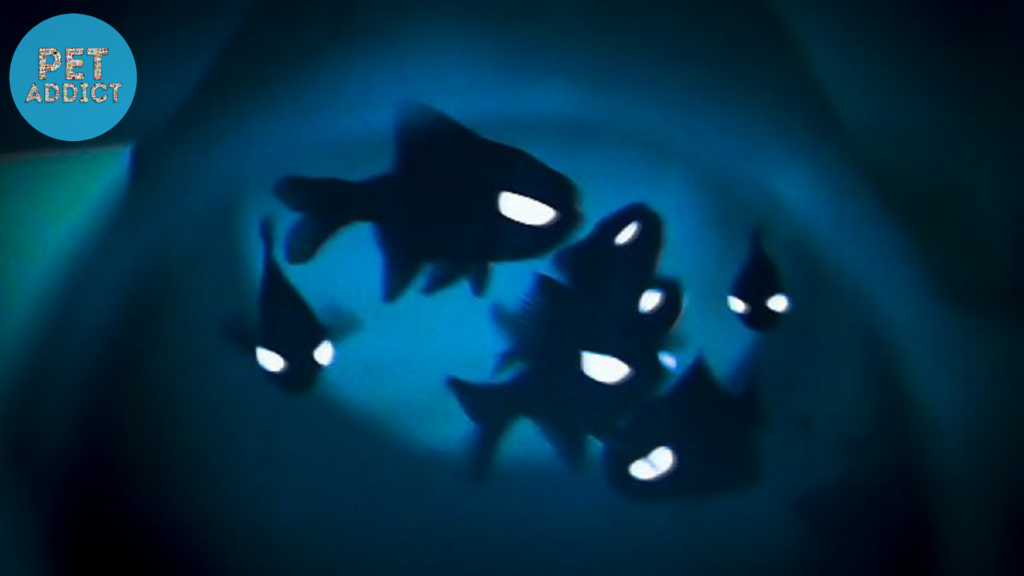
Bioluminescence, the production and emission of light by living organisms, is a phenomenon that has puzzled and fascinated scientists for centuries. Flashlight fish employ bioluminescence as a form of communication, camouflage, and even to attract prey.
Species Diversity
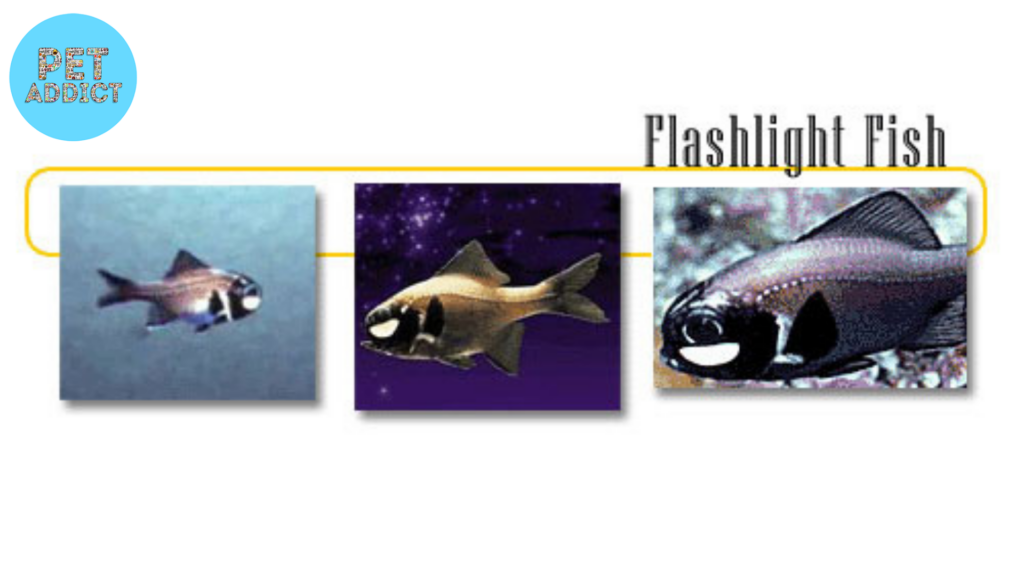
Within the Anomalopidae family, several species of flashlight fish exist, each with unique characteristics and behaviors. Some species, like the Hawaiian flashlight fish, have larger light organs, while others possess intricate patterns on their bodies.
Habitat and Distribution
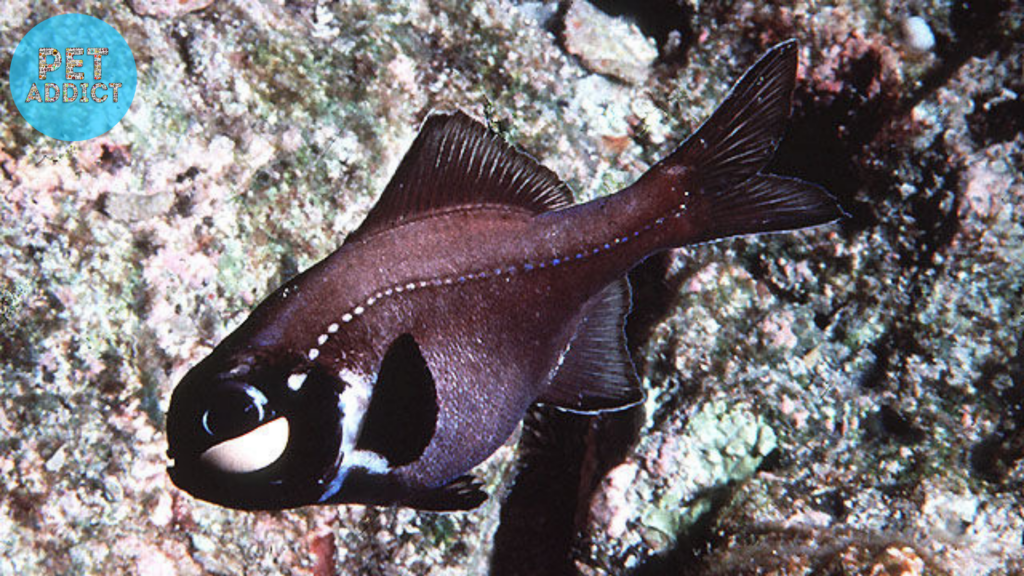
Flashlight fish are predominantly found in the warm tropical waters of the Indo-Pacific region. They inhabit coral reefs and underwater caves, preferring areas with ample hiding spots and darkness.
Adaptations for Survival
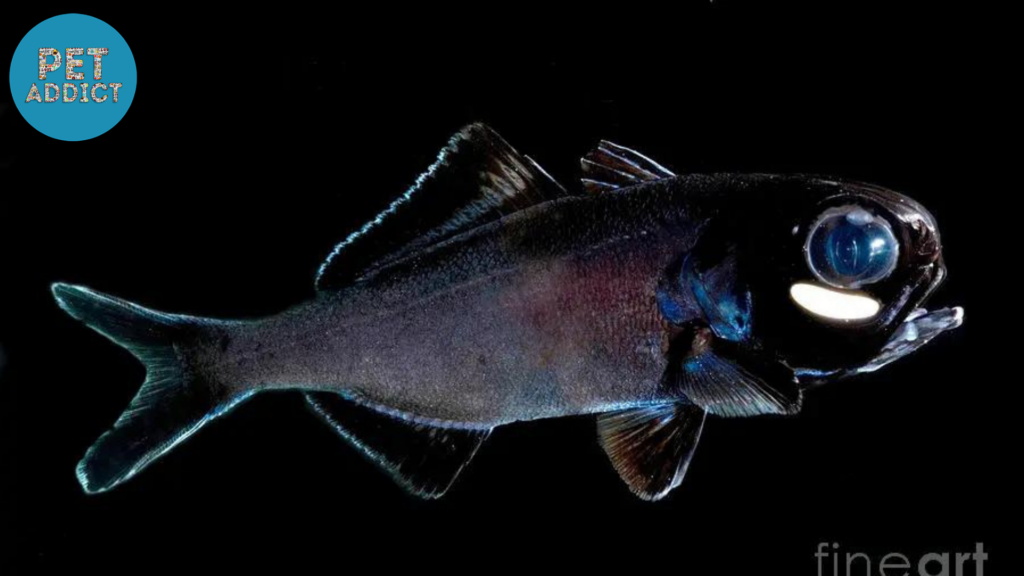
Surviving in the deep, dark ocean requires special adaptations. Flashlight fish have evolved to have large eyes that enhance their low-light vision, and their bioluminescent light helps them navigate and find prey.
Nocturnal Behavior
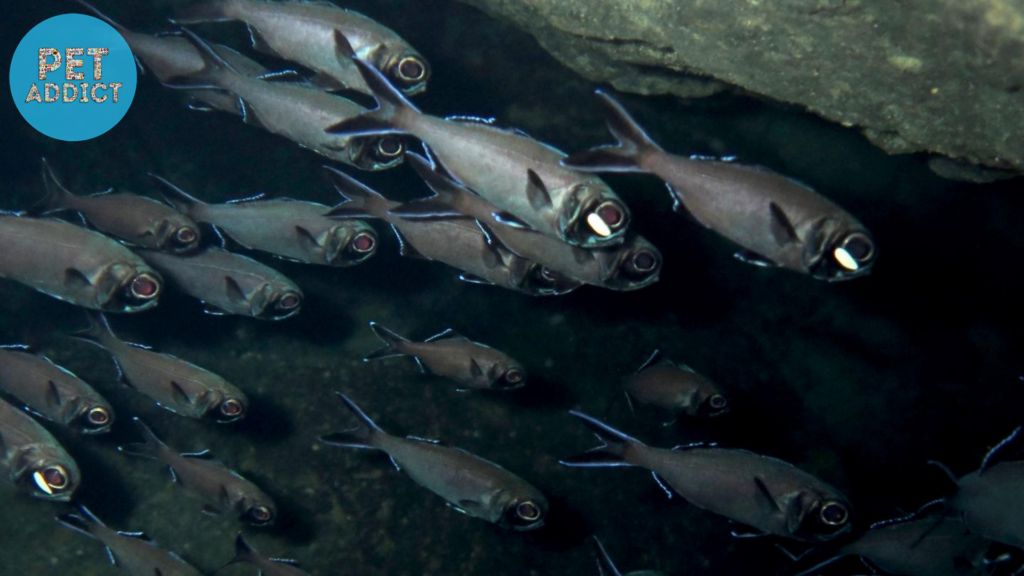
As nocturnal creatures, flashlight fish spend their days hiding in crevices and caves to avoid predators. When night falls, they emerge to hunt and engage in their mesmerizing light displays.
Communication Through Light
Flashlight fish use their bioluminescence to communicate with one another. They can produce varying patterns and intensities of light to signal their presence, warn of danger, or attract potential mates.
Human Interaction

Unfortunately, like many marine species, flashlight fish face threats from human activities such as overfishing and habitat destruction. Raising awareness about these creatures is crucial for their protection.
Conservation Efforts
Conservation organizations and researchers are working diligently to protect the habitats of flash-light fish and other marine life. Efforts include establishing marine protected areas and promoting sustainable fishing practices.
The Role in Marine Ecosystems
Flash-light fish play a vital role in marine ecosystems as both predators and prey. Their bioluminescence can attract unsuspecting prey while also serving as a warning to potential predators.
Scientific Discoveries and Research
Scientific research on flash-light fish has led to groundbreaking discoveries about bioluminescence and its applications in various fields, from medicine to technology.
Conclusion
The world beneath the waves holds countless wonders, and the fish is undoubtedly one of them. With its ability to transform darkness into a mesmerizing spectacle, this bioluminescent marvel reminds us of the mysteries that still await discovery in the depths of our oceans.
FAQs
- Are flash-light fish found in all oceans? Flashlights are mainly found in the warm tropical waters of the Indo-Pacific region.
- How do flash-light fish use bioluminescence for communication? fish use their bioluminescent organs to produce light patterns that communicate messages to other fish.
- Can flash–light fish survive in well-lit environments? fish are adapted to low-light conditions and prefer habitats with darkness.
- What is the significance of the photophores under their eyes? The photophores under their eyes emit light and help fish navigate, communicate, and find food.
- How can I help in the conservation of flash-light fish? Supporting marine conservation efforts, reducing plastic waste, and promoting sustainable fishing practices all contribute to their protection.

